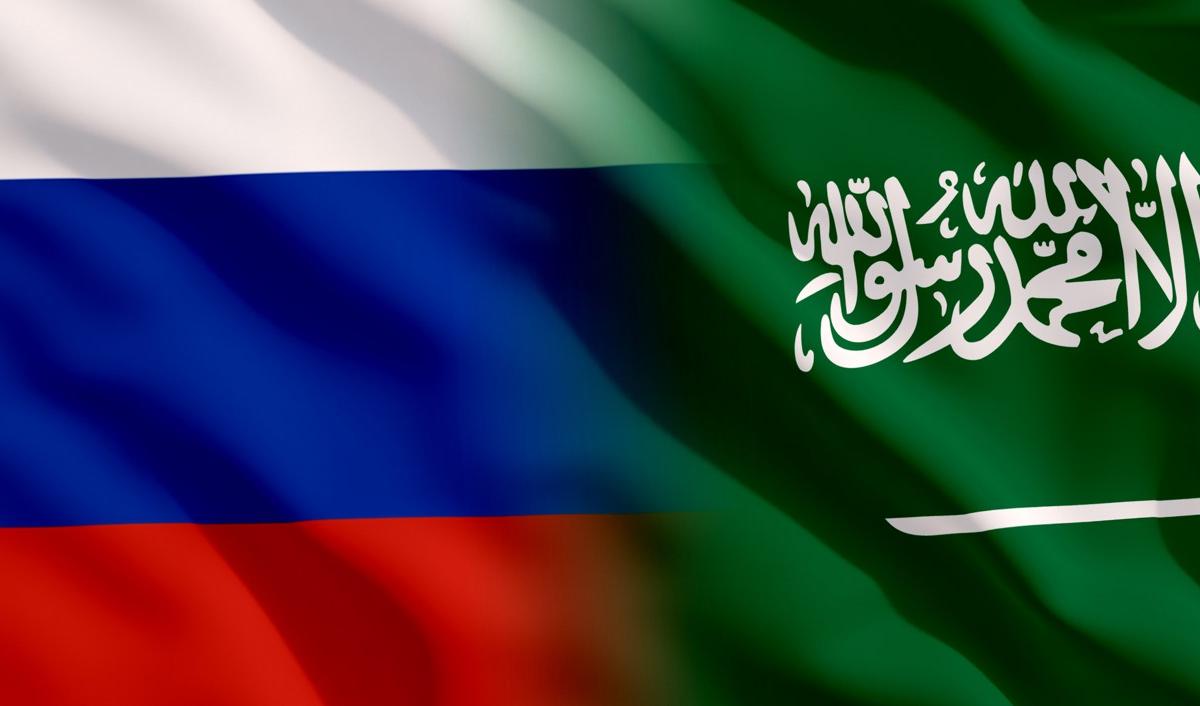
On Friday, members of the Arab League welcomed the Syrian regime back to the organization. Representatives from several Arab member states shook Syrian leader Assad’s hand and gave him, a “warm” reception according to several news outlets. Syria was suspended from the league in 2011, but on May 7 in Cairo the league agreed to reinstate the Assad regime.
This represents a reversal from years of isolation placed on the regime, and a break with US policy which remains staunchly opposed to Assad. Indeed, the League’s rapprochement with Assad should be seen as a repudiation of US policy, and especially as a sign of how Washington’s influence among Leage members—the most powerful of which are Saudi Arabia and Egypt—has waned.
Moreover, this is just the latest bad news for Washington’s influence in the region coming mere weeks after Iran and Saudi Arabia re-established diplomatic relations.
In both cases, we find regimes that Washington had sought to isolate and sanction, but both states have instead been expanding their relations with other states in the region with the help of China. Meanwhile, both Beijing and Riyadh have increased their ties with Russia. These development help illustrate how growing US attempt to impose—or threaten to impose—hard line sanctions against a growing number of regimes has only accelerated a global movement away from the US dollar and away from Washington’s orbit.
Saudi Arabia Increasing Ties with Iran and Syria
In March of this year, Saudi Arabia and Iran announced a resumption of relations following a deal brokered by China. The Saudi regime—a longtime Washington ally—had apparently not told the Biden administration of the meetings with Iran and China. Shortly after the agreement was announced, the administration dispatched CIA Director William Burns to Saudi Arabia where he reportedly “expressed frustration with the Saudis,” telling “Saudi Crown Prince Mohammed bin Salman that the U.S. has felt blindsided by Riyadh’s rapprochement with Iran and Syria.”
Although the White House now claims to be supportive of the new agreement between Riyadh and Tehran, this support is really just an admission that there’s not much Washington can do about it. After all, for decades, US policy has been to isolate Tehran and in recent years, Washington has imposed harsh sanctions, including Donald Trump’s “maximum pressure campaign” designed to cripple Iran even more. The Biden administration took no significant steps to reverse the Trump position. The Saudi regime’s newfound openness to Iran is thus contrary to US policy, and it is not plausible that Washington is in any way pleased with the change.
From Washington’s perspective, the situation got even worse this month when the Arab League re-admitted Syria, also apparently without consulting Washington. Since 2011, the US has imposed draconian sanctions on Syrian in a manner similar to Iran. Syria’s newfound re-integration into the Arab League is thus also contrary to the US’s ongoing efforts to isolate the Assad regime which the US has repeatedly claimed must by subjected to “regime change.”
Growing Ties with Russia
New overtures by the Saudis toward both Syria and Iran also run afoul of Washington because both Iran and Syria are important allies of Moscow. With the US now inflicting harsh sanctions on the Russian regime, anything that helps Damascus and Tehran has the potential to help Moscow as well.
Both the Saudis and the Chinese have shown growing efforts to forge ties directly with the Russian regime as well. At a Chinese-Russian summit in February 2022, both regimes stated they plan to forge even closer ties. This has apparently not changed even after a year of heightened hostilities from the US and NATO aimed at Moscow. In fact, it is likely that Russia-China relations are closer than they’ve ever been in the post-Soviet era. This has clearly been a problem for Washington as China continues to provide an important market for Russian exports in the face of US sanctions. Both states have also made efforts to move away from the US dollar and settle international trade in other currencies.
This might all be dismissed as the scheming of foreign powers that were never reliable “partners” or allies of the US in the first place. But Saudi Arabia is another matter, and the Saudis are apparently willing to play nice with the Russians, Chinese, and other members of the latest supposed “Axis of Evil.”
The Saudi regime has grown closer to Moscow in the wake of US sanctions against Russia. For example:
Saudi Arabia and the UAE, traditional Middle Eastern allies of the United States, are not shying away from importing, storing, trading, or re-exporting Russian fuels despite American efforts to persuade them to join a crackdown on Russian attempts to evade the Western sanctions on its oil.
In other words, US efforts to get the Arab world to isolate Russia are failing, and Russian ties with the Middle East are actually improving.
This can be seen in the fact that the Organization of the Petroleum Exporting Countries (OPEC)—which is dominated by its largest producer, Saudi Arabia—has shown no interest in helping the US in its sanctions war against Russia. Instead, OPEC has cut production levels to raise oil prices, which benefits Moscow. The US has opposed these cuts, and now some anti-Russia factions in the US are exploring ways to punish OPEC for its lack of enthusiasm in cooperating with US efforts against Russia.
At this point, a trend has clearly emerged: as the US further attempts to tighten its geopolitical grip on the global economy through economic sanctions, fewer and fewer states worldwide appear interested in playing along.
Indeed, the spread of US sanctions provides good reason for other regimes to increase efforts to forge close ties with other regimes as insurance against becoming the victims of US policy. After all, the US has been quite free and easy with threatening “uncooperative” countries with so-called secondary sanctions as a punishment for doing business with states like Syria and Russia. The US has been explicit in this and in February, as CNN reported at the time, “the United States is ramping up efforts to choke off Russia’s economy and it has set its sight on the Middle East. … A top US Treasury official arrived in the United Arab Emirates (UAE) on Monday to warn the regional business hub that helping Moscow evade sanctions wouldn’t be without consequences.” China had already been “warned” in a similar fashion.
Yet, it appears that the US’s ongoing sanctions war against a growing percentage of the world population is having the opposite of its intended effect. The US threatens to sanction Saudi Arabia and China, and in return, both countries become even more willing to seek cooperation with some of the regimes Washington has attacked the most.
While Washington pursued a divide-and-conquer strategy throughout the Middle East, Beijing brokers deals to increase regional stability. While the US ratchets up efforts to isolate its many enemies, the Chinese, the Saudis, the Arab League, and OPEC all shrug and look to increasing international communication and trade. The Washington foreign policy establishment shows few signs that it is even noticing. The US regimes foreign policy “tool box” continues to be centered on sanctions, violence, and making demands on both its allies and its professed enemies. The rest of the world is moving on, however, and Washington may be among the last to accept the new reality.





